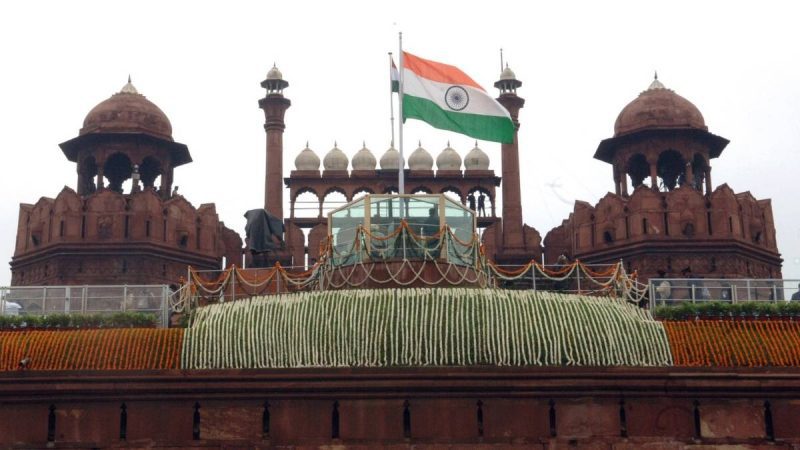Delhi isn’t just preparing for Independence Day, it’s fortifying. With August 15 inching closer, the national capital has transformed into a security fortress, calibrated down to the last checkpoint. Every lane, rooftop, and skyline sector has been mapped, monitored, and brought under layered surveillance to leave no room for uncertainty.
Delhi Fortifies Itself Ahead Of Independence Day
According to The Hans India, over 10,000 personnel, including paramilitary units and special commandos, have already taken positions across the city. The heart of this machinery is at the Red Fort. Prime Minister Narendra Modi is set to address the nation from there. The focus on its security is nothing short of surgical.
The planning goes deeper than the numbers. Delhi Police Commissioner SBK Singh, in what’s now his most wide-ranging directive since taking charge, has tasked senior officers with precision. From district heads to field supervisors, all units have been instructed to be visible and vigilant. Market areas, metro stations, transport hubs, and bus terminals are under round-the-clock patrols. Surprise flag marches have already begun, sending a clear signal that there will be no room for complacency.
This year, surveillance isn’t just about eyes on the ground. It’s a full-spectrum sweep with CCTV networks and drone detection grids. Facial recognition systems have also been activated. High-rise rooftops around the Red Fort are manned by snipers and surveillance teams. And in the restricted zones, access is being filtered through strict control points, layered with verification protocols that leave little margin for error.
Digital Surveillance To Go Parallel To Physical Surveillance
From August 2 to 16, the skies over Delhi are off-limits to paragliders, hang-gliders, drones, UAVs, and even hot air balloons. The ban, ordered by Singh, stems from a clear threat perception that such platforms could be exploited for airborne attacks or surveillance. In other words, no airborne movement is allowed unless it’s pre-cleared and tracked.
Meanwhile, digital surveillance is running parallel to the physical. Cyber units are combing through social media feeds, hunting for signals such as misinformation campaigns, coordinated disruptions and anything that could snowball into unrest.
Behind the scenes, coordination with central agencies is tight. Anti-sabotage drills, vehicle barricading, and intelligence-led verification drives are already underway. At railway stations, inter-state terminals, and airports, security has gone up a notch. With intensified baggage checks, ID verification, and uniformed plus plainclothes presence embedded into crowd flows, there is no compromise being made on security, as stated by The Hans India.

